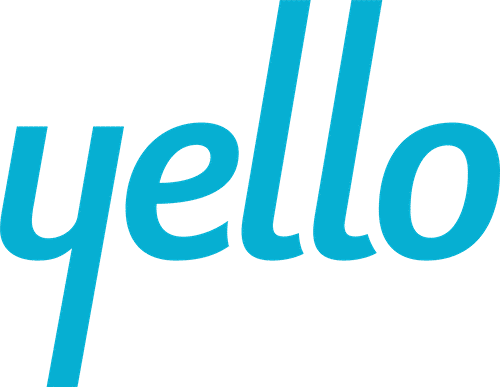For talent acquisition to be successful, organizations can’t limit their sights to external talent—they must think about both internal and external candidates. Data released by Aptitude Research Partners this month found that over 70 percent of companies plan to increase their investment in solutions and strategies to support moving talent from role to role. Internal mobility is a priority for companies that want to improve the quality of hires, while saving costs and retaining talent.
Talent mobility was also discussed at the 2017 Yello Conference in Chicago, held May 2 – 3, 2017. Enterprise companies shared how global talent acquisition programs embed internal mobility in the overall talent acquisition strategy. These companies recognize that to align talent acquisition with business goals, internal talent can’t be ignored. Read on for three best practices to develop an internal mobility program.
Identify High-Potential Employees
According to Aptitude’s research, less than 40 percent of companies can identify high-potential employees. These employees are among the top 5 percent of performers in the company and are considered most likely to grow into positions of responsibility. Research conducted by Jack Zenger and published in Harvard Business Review found high-potential employees can be identified by four common characteristics: consistently honoring commitments, fitting into the company culture, delivering results and having technical or professional expertise. These employees are critical to an organization’s current and future success, and their leadership potential needs to be considered and included in a talent pipeline.
Empower Managers
Too often, hiring managers ignore internal mobility because they can’t see beyond the external talent applying for a position. Managers need to be trained and educated to consider internal talent, and they must have visibility into employee performance and motivations to consider this talent pool alongside external candidates.
At the 2017 Yello Conference, CSRA, a defense contractor, shared how they leverage sophisticated scheduling tools to bring internal talent directly to managers. With Yello Interview Scheduling Software, CSRA creates a virtual career fair to connect internal candidates and current contractors with hiring managers. As a result, managers who traditionally focus on hiring externally, shifted their sights to internal talent, helping CSRA to retain employees, while reducing recruiting time and costs.
Create a Culture to Support Internal Mobility
Sharing open positions internally is a good first step to promote internal mobility, but companies need to do more to ensure the long-term success of mobility programs. Organizations can integrate talent mobility into the company culture by creating educational programs for hiring managers that demonstrate how to manage and evaluate both internal and external pipelines, offering mentoring programs and learning opportunities for employees and bringing attention to internal opportunities through emails, in meetings and communicating one-on-one with team members.
Organizations that want to be more strategic in their approach to finding and recruiting talent must consider internal mobility. They need to think about what strategies and technology can help them recruit, not only external talent, but also move internal employees into the right roles.
About the Author: Madeline Laurano, Co-Founder and Chief Research Officer, Aptitude Research Partners
As co-founder of Aptitude Research Partners, Madeline’s focus over the last 12+ years has been on the talent management market and talent acquisition. Her research helps companies understand the role technology can play in driving business outcomes. Throughout her career, she has watched HCM transform from a back-office function, to a strategic company initiative with a focus on partnerships, experience and efficiency.


